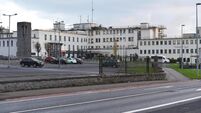Mid-West breaking point: What will it take for the State to fix hospital care in Limerick?
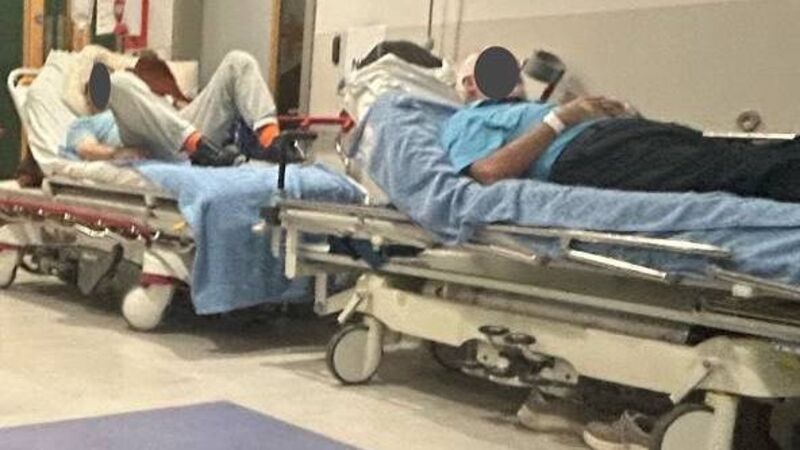
Some of the patient overcrowding at the Emergency Department and surrounding corridors at University Hospital Limerick in September. Pictures: David Raleigh
Urgency and long-term thinking are needed to ensure the Hiqa review of care in the Mid-West really does solve its “capacity emergency”, people on the ground have urged.
A month has now passed since the health watchdog warned of immediate patient risk caused by bed shortages and overcrowding.
It advised the health minister on three options for action and Jennifer Carroll MacNeill has pledged to choose a pathway before Christmas.
Dr Joe Devlin, deputy chairman of the University Hospital Limerick medical board, stated bluntly: “It would be helpful for Limerick to be regarded as a capacity emergency.”
The board, an advisory body of consultants working at the hospital, took the unusual step of releasing a statement earlier this week calling for action.
Dr Devlin, a urologist, said: “That is really what this Hiqa report says — there’s a lack of capacity. It’s unequal, and very different to every other part of the country.
"Hiqa stated baldly this is posing a risk to patient safety, so if you don’t regard that as an emergency, I don’t know what is.”
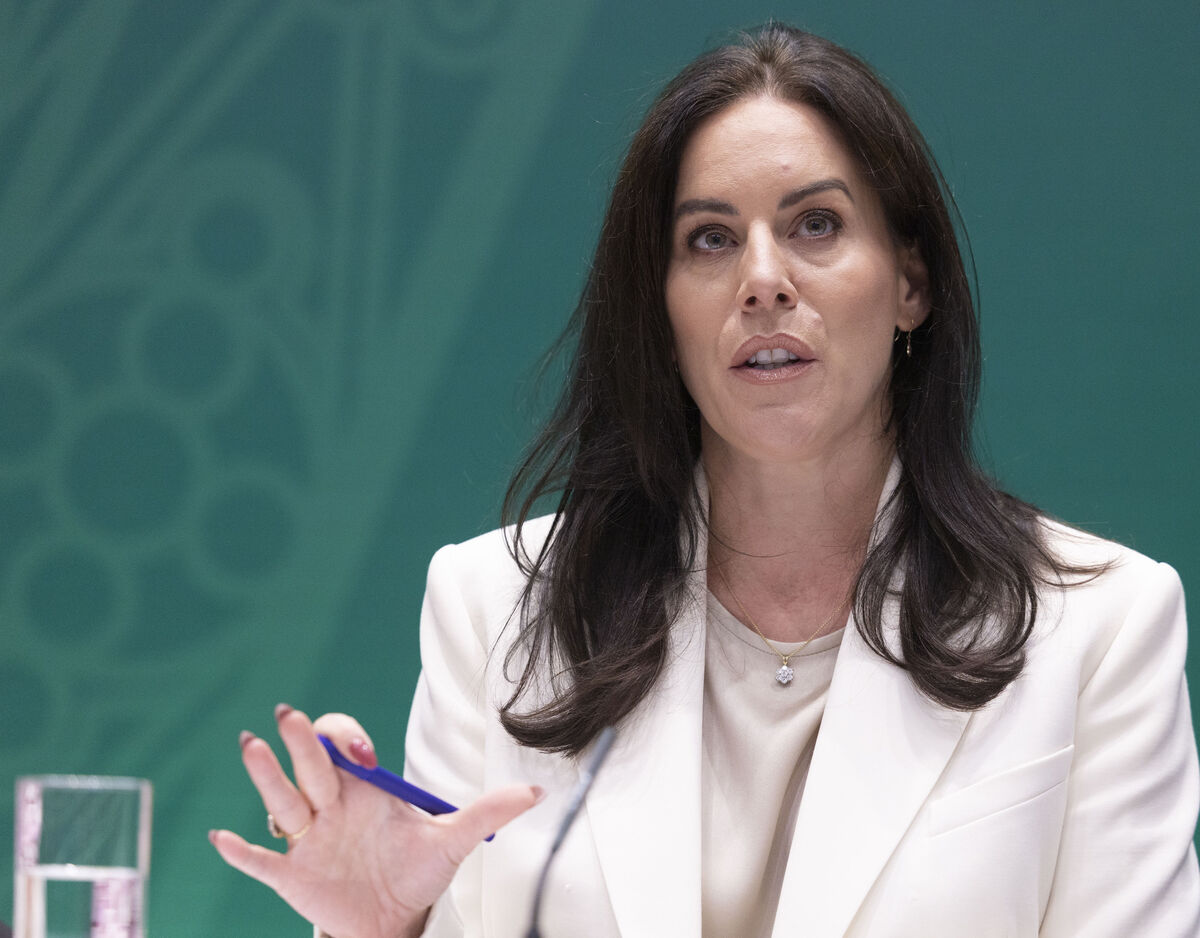
The three options are expanding UHL’s capacity, building an elective hospital near UHL without an ED, and building a new Model 3 hospital with an ED as well as immediate action on bed numbers.
Dr Devlin said: “Hiqa really nailed it and have made it abundantly clear there is a deficiency in beds in the Mid-West.” The concern now is how the review will be acted on.
“What our CEO (Ian Carter) has said, and we agree with him on this, we don’t want a piecemeal approach,” Dr Devlin said.
“We need a capital development plan that delivers beds as quickly as they can be over a decent period of time, probably over 10 years.”
He welcomed the opening of a 96-bed block a few weeks ago. “That is helping,” he said. “That means patients are currently being housed in a ward instead of on a trolley in the emergency department so it is helping. But it’s definitely not eliminating trolleys.”
Hiqa advised another 96-bed block at planning stages will not be enough. It recommended changes for the Mid-West in the Government’s bed capacity expansion plan 2024 to 2031.
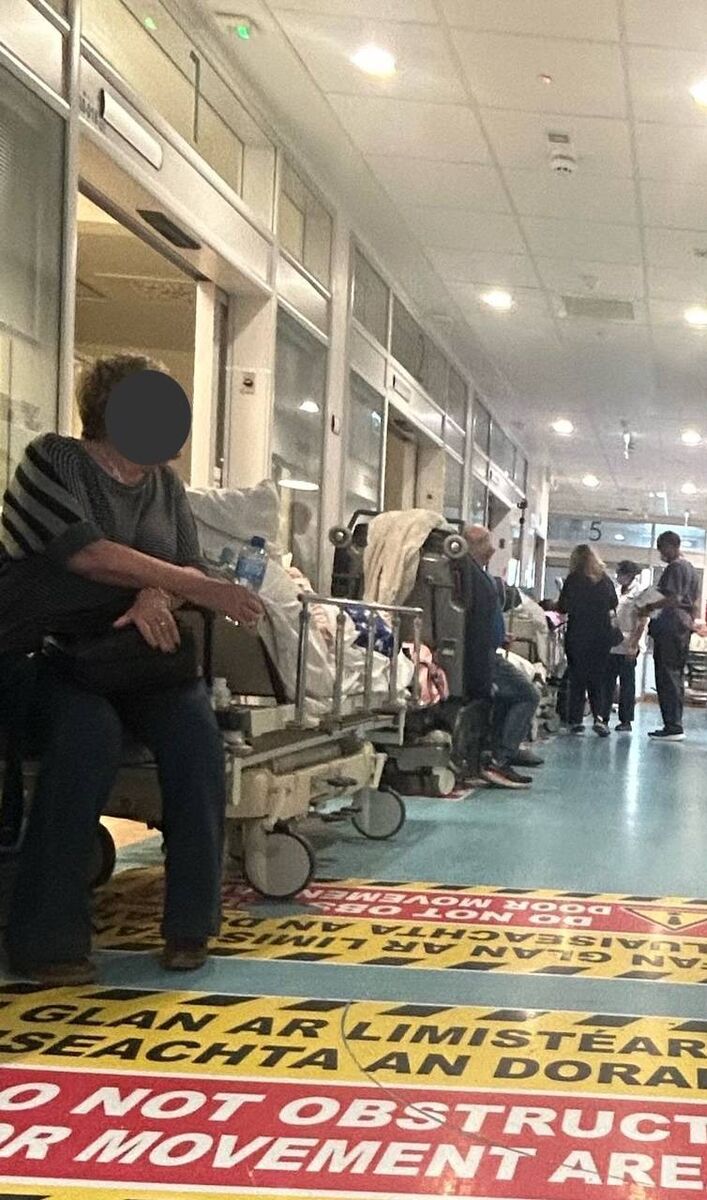
“We’ll still be behind the curve,” Dr Devlin warned.
“Limerick has fallen so far behind that even the addition of nearly 200 Model 4 beds is still going to place us disadvantaged relative to all other HSE regions.”
The medical board called for sustainable capital funding, stressing this region is unique in not having a Model 3 hospital working with its Model 4 at UHL.
The Southwest and Southeast regions have Model 3s in Cork’s Mercy hospital, Tralee, Clonmel, Kilkenny and Wexford as well as Model 4s in Cork and Waterford.
Extra services have been added to Model 2 hospitals at Ennis, Nenagh and St John’s but gaps remain.
Shortages of people to run these new beds is another pressure point, he said. He described the HSE’s recruitment policy — the Pay and Numbers Strategy — as “unstructured”.
He called for the region to be exempt from this, saying “a massive expansion of staff” will be needed for the Hiqa options to work.
There are, he said, “hordes of vacancies” in the hospital’s laboratories and other sectors have “very severe” shortages.
The Irish Nurses and Midwives Organization are also concerned to see swift action on the review.
“There is an urgency around expanding capacity,” a spokeswoman said.
Decisions on Hiqa’s report should look at hospital and community care together, she added.
“The Government must now make a swift decision, based on Hiqa’s recommendations, on the future of urgent and unscheduled care in the Mid-West,” she said.
She echoed Dr Devlin’s concerns about staffing, saying any option “must be underpinned by a fully funded workforce plan”.
The union is aware the clock is ticking as patients and staff come closer to winter pressures again.
“There is no justification for further delay,” the union urged.
Decisions taken will ultimately be political as well as health-based.
Labour TD Alan Kelly recalled protesting outside Nenagh hospital in 2008 when bed and emergency service closures were first mooted.
Tragically predictions made then about overcrowding have come true.
“I’ve spoken to the minister about this publicly and privately. If anyone is just advocating for short-term solutions I won’t be party to it,” he said.
“I think the minister needs to make a decision soon. To be honest I don’t think there is a decision to be made here, the only decision is to do the whole lot.”
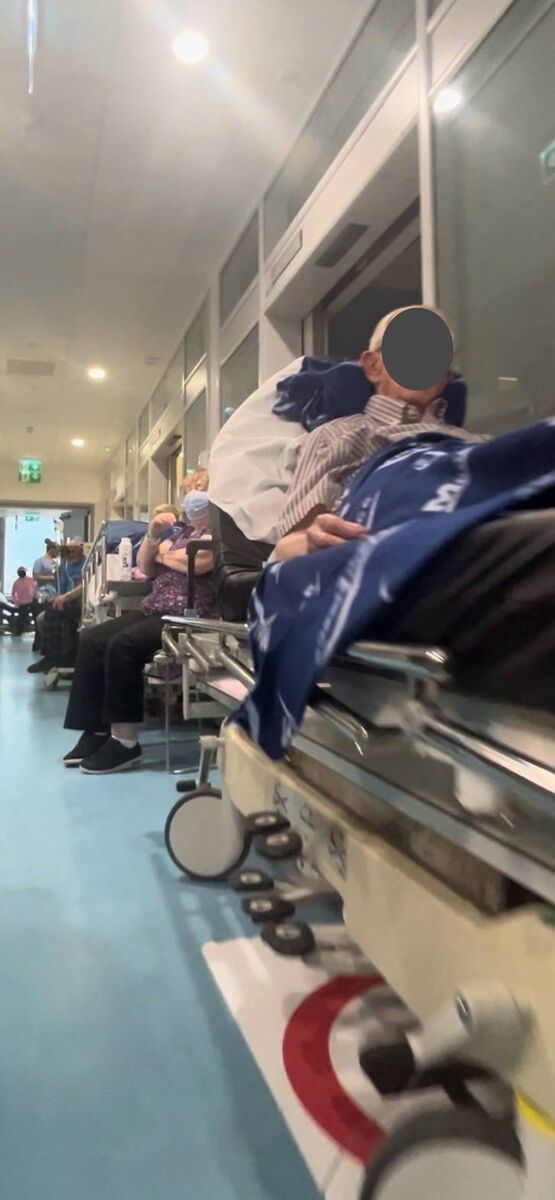
He raised concerns people might settle for new beds at UHL, when he argued a Model 3 hospital is the least that is needed.
“We have consistently failed people in the Mid-West by not looking long-term,” he warned.
“Do the 96-bed block, or do a 100-bed block but wrap a hospital around it. You probably need 60 acres of a site, pick it, build it in stages and eventually you could probably have another Model 4 hospital to deal with the issues in the Mid-West.”
He added: “Some minister is going to make themselves a hero by making the decision I have just outlined there.”
He acknowledged he would “shout for Nenagh” as a location but expects similar calls in support of Ennis or Limerick from other voices.
“I’m not going to do a Nimbysim on this, I will fight for the best services,” he said, adding all the Model 2 hospitals should be further upgraded.
He complimented the work done to open one 96-bed block already.
However, he called for improved staffing, saying vacancies are “a huge, huge issue” for all hospitals in the region.
There could be inspiration in the €213m new Bon Secours hospital in Ballysimon, about ten minutes from UHL. It took just over five years from planning to patients.
CEO Jason Kenny said last month: “I wouldn’t be as arrogant to say we have a blueprint here. But certainly if someone came to ask: ‘Would you mind sharing x, y, or z?’, then absolutely.”
Hiqa also said patients coming to UHL are sicker than at other large hospitals.
Dr Niamh Cummins, Associate Professor in Public Health at the University of Limerick suggested a number of reasons for this.
UHL offers critical care services including care for heart attacks.
“It is the only hospital in the region with the capability of providing these services,” she said.

“This means that all of these cases are directed to UHL whereas in other areas, eg Dublin, these cases may be distributed across multiple Model 4 hospitals.”
She pointed to a University College Cork paper examining changes in emergency care since 2006 across Ireland.
Professor John P Browne identified different types of ED services by region, but said: “These variations do not seem to be related to population or underlying geographical constraints.”
The paper contrasted the single ED at UHL covering a large rural area with county Dublin having nine public EDs for a smaller urban area.
Dr Cummins also said health inequalities impact patients directly.
“It may be due to a lack of alternative care pathways in the Mid-West and could also relate to current capacity in primary care and general practice,” she said.
Clare and Tipperary were recently marked in-the-red for GP shortages by the Irish College of GPs although Limerick had a higher ratio of GPs to patients.
The INMO’s trolley data showed 64 people waiting on Friday for beds, with HSE data showing seven of them had waited longer than 24 hours on trolleys at UHL.
Whatever decision is taken, it cannot come soon enough for those people.
Ms Carroll McNeill has accepted the advice from Hiqa, her spokeswoman said.
"The minister is considering the comprehensive and detailed reports and advice provided by Hiqa, including the three options identified, and will report back to Government on these options and considerations before Christmas," she said
In September Hiqa published a review of emergency services across Limerick, Clare and north Tipperary. This included its thoughts on whether a second hospital with an emergency department is needed for these counties. This advice was shared with health minister Jennifer Caroll MacNeill.
Overcrowding is an ongoing challenge at University Hospital Limerick. Trolley numbers on busy days mean over 100 patients without a bed. This has lessened somewhat in recent weeks since a new 96-bed block opened.
The death of Aoife Johnson, aged 16, in December 2022 coupled with other tragedies including the deaths of Eve Cleary, aged 21, and Martin Abbott, aged 65, focused political attention on the crisis.
It rang an alarm bell saying the current situation “presents a risk to patient safety”. Hiqa said the key problem is “there are not enough inpatient beds in the Mid-West”.
It said of all the HSE regions, the Mid-West has the lowest number of inpatient beds relative to the number of people who come to the ED.
UHL also has the highest number of people coming to a single ED when compared to all other Model 4 hospitals such as Cork University Hospital.
It said planning for those beds “needs to commence now”.
to expand space and capacity at UHL and its campus.
to expand the campus and build essentially an elective hospital to take non-crisis patients away from UHL.
to build a hospital at Model 3 level with an emergency department somewhere in the three counties. At the moment UHL is the only Model 4 hospital in Ireland without a support hospital at that level.
It said Option A and B could fill bed shortages in the shortest time while C has the longest lead time.
Jennifer Carroll MacNeill visited UHL on October 13 to open the new bed-block. She told reporters she had until “before Christmas” to decide which of the three options are her preferred choice.
The minister said “all of the options are on the table”. She also said a short-term capacity solution was her priority.
The Midwest Hospital Campaign have argued another hospital with an emergency department is a must for local people.
HSE Midwest pointed to the impact of the 96-bed block and other changes including increased recruitment. Services have been increased at Model 2 level hospitals in Ennis and Nenagh but locals and the campaign say it is not enough.



